– 150 years of history at The Royal Children’s Hospital –
A concise and chronological record of the rich and diverse 150-year history of The Royal Children’s Hospital (RCH).
Please feel free to scroll through all 150 years or easily filter information via categories or tags.
The historical images have been sourced from the RCH Archives and Collections, unless stated otherwise.
Images have been chosen to illustrate the subject matter and may not necessarily reflect the date of the event.
The RCH has produced such an immense amount of groundbreaking achievements and we cannot assume to have captured them all here.
Do you think an achievement, person, or event is missing? Please send your suggestion to: archives@rch.org.au. We hope you enjoy exploring!
Showing Events Tagged with: women
1870

Committee of Management Established
September 9th, 1870
The committee was run and populated predominantly by women until 1940.
Image credit: PROV, VA 1239 The Royal Children’s Hospital, VPRS 16796/P1 Minutes of the Committee of Management (1870-1992), Unit 1 (Minutes 1870 -1872). Digitised copy.
First Nurse for Inpatients
Mrs Bail was the first nurse employed by the hospital. She remained on staff at the hospital until 1878.
First Inpatients
December 1870
Six cots were established for the initial intake of inpatients.
1873
Matron Marion Harvey
Harvey was appointed the new role of matron. She had a staff of two nurses; Head Nurse Mrs Bail and Assistant Nurse Anna Ford.
1875

Matron Sarah Anne Bishop
Appointed as matron, Bishop worked in the role until 1899. She had a significant influence on the hospital in its formative years.
1885

Elizabeth Testar
Elected as President of the Committee, Testar took a leading role in building, planning and expansion of the hospital.
1886
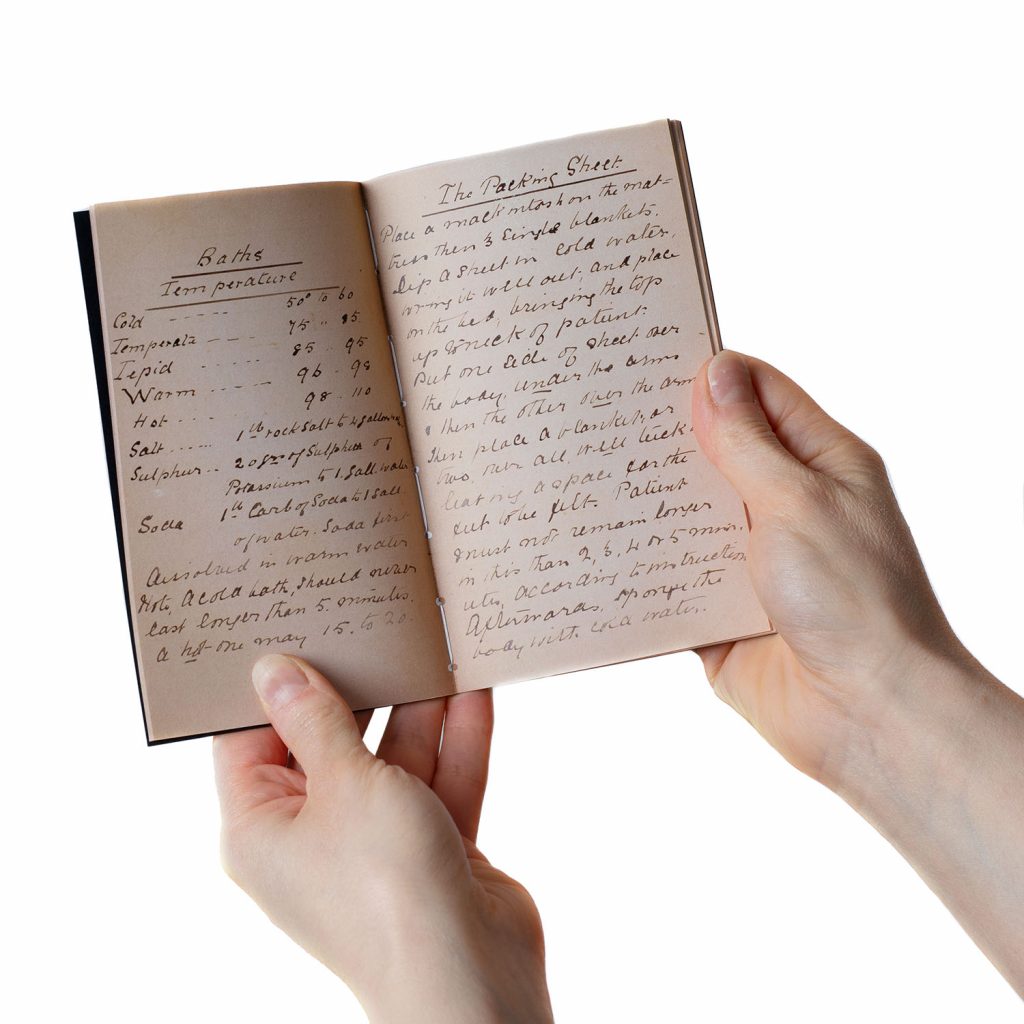
Nurse Rose Vaughan
Vaughan trained at the Children’s and her training notes still exist today.
Image credit: Alvin Aquino
1888
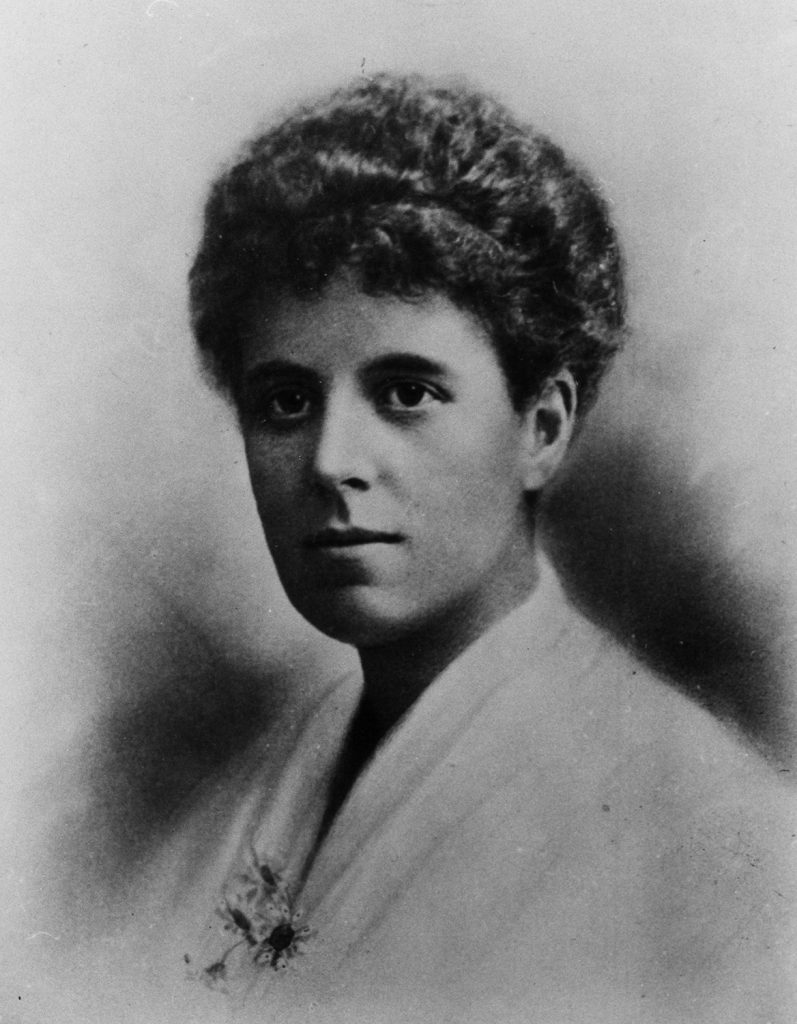
Nurse Grace Jennings Carmichael
Carmichael began nurse training at the Children’s. She was a published poet and her time at the hospital inspired many writings.
Image courtesy State Library of Victoria.
1894

Mary Guthrie
Guthrie became a member of the Committee of Management and played an active role at the hospital until 1931. During the early 1920s Guthrie was instrumental in establishing the Auxiliary service at the Children’s Hospital.
1898

Dr Ethel Mary Vaughan Cowan
After a one-month trial – without pay – Cowan became the first woman to be made resident doctor.
1914

Male Doctors Join the Army
As a result, a more diverse representation of doctors were able to find employment at the Children’s. Women such as Dr Vera Scantlebury, Dr Ellice Davies, Dr Annie Bennett, Dr Bertha Donaldson, and Dr Annie Windmill joined the hospital as residents.
1918
Returned Servicemen Are Given Preference for Employment
Nearly every new resident employed was a former soldier and women who had held doctor and surgeon positions during the war were put at a disadvantage.
1920

Matron Grace Wilson
Appointed as matron, Wilson was a great advocate for the improvement of working conditions for nurses.
1921
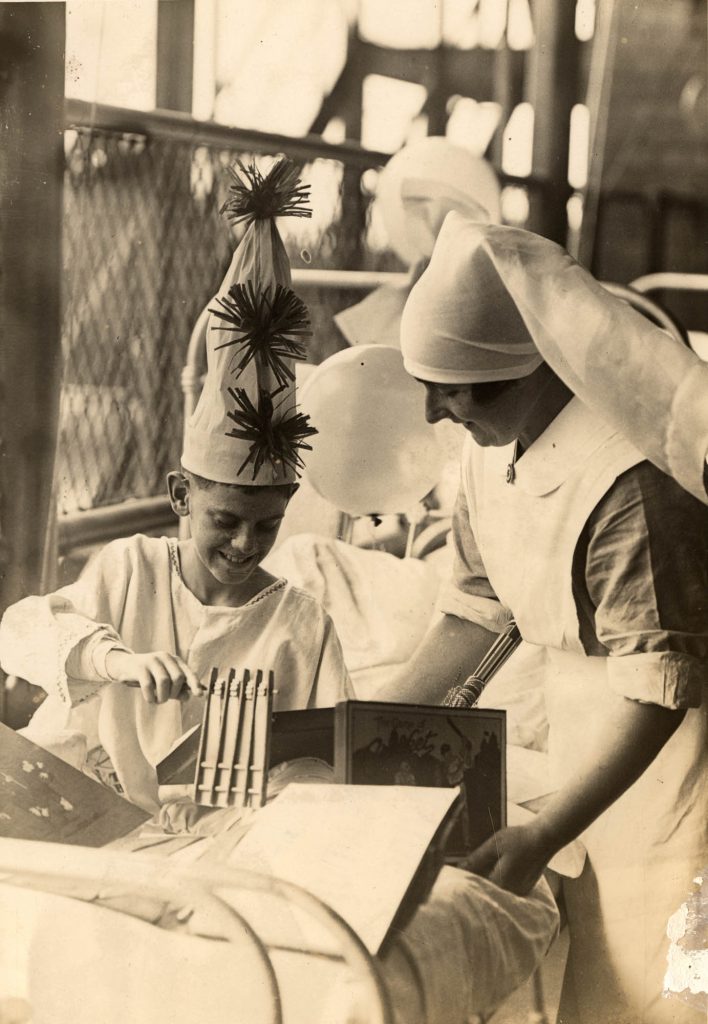
Nurse Ivy Silverthorne Flower
Flower began nurse training in 1921, became a staff nurse in 1924 and was appointed deputy matron in 1934. She remained involved with the hospital until 1962.
1922

Matron Hilda Walsh
Appointed as matron, Walsh maintained efficiency and order on the wards. Due to retire in 1940, she stayed until 1947 because of the war.
1923
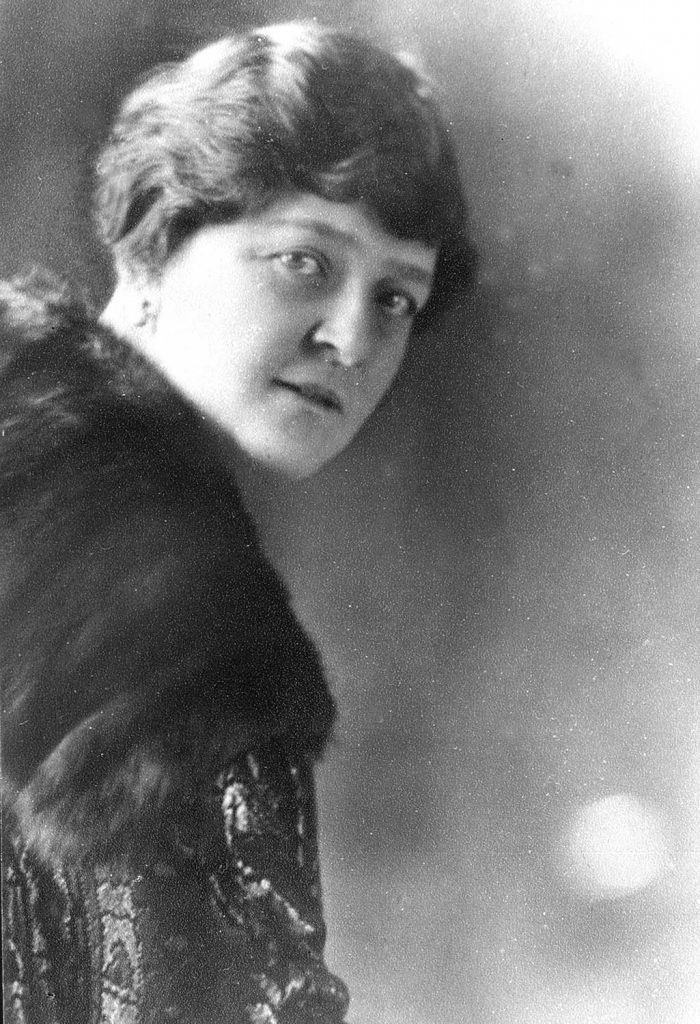
Hilda Mackinnon
As committee president, Mackinnon was responsible for guiding the hospital through the Depression.

Dame Kate Campbell DBE
Though Campbell resigned in 1924 for a role with more responsibilities at The Royal Women’s Hospital, the time she spent with children at the hospital solidified her interest in paediatrics and she became an enormously respected practitioner in the field.

Dame Jean Macnamara DBE
Macnamara was a great advocate for the benefits of physiotherapy. In 1928, she became the first woman to hold full honorary rank. She stayed with the hospital until 1959.
1931

First Social Worker Employed
Isabel Hodge was the first social worker at the hospital, she quickly demonstrated the value of her role.
1933
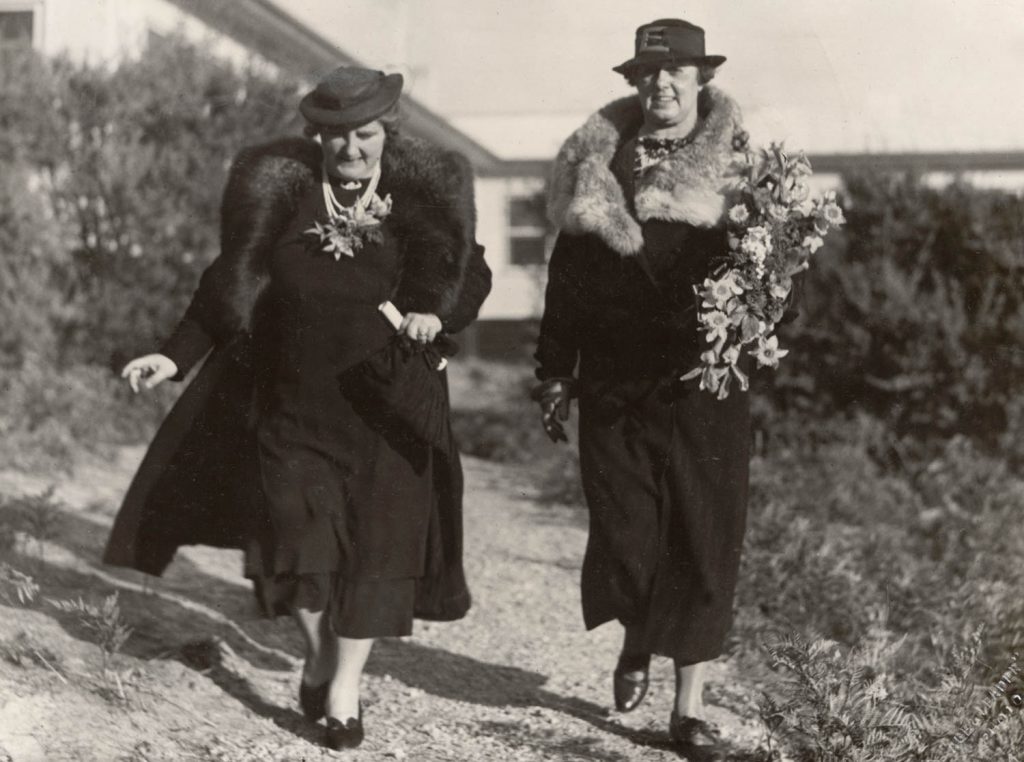
Lady Ella Latham
Involved with the Auxiliaries since 1923 and a committee member since 1926, Lady Ella Latham was elected as president of the Committee of Management in 1933 and held the position until 1954. She guided the hospital through the Depression and the Second World War, and into its modern form.
1936
Ruth Drake
Drake initiated services that became known as Speech Therapy, Audiology, and Psychotherapy. She introduced the hospital to the concept of ‘play therapy’. She was with the hospital until 1964.
1943

Dr Elizabeth Turner
The first woman to become medical superintendent at the hospital, Turner also administered the hospital’s first penicillin treatment in 1944 and was instrumental in the development of a travelling incubator to help bring babies to the hospital.
1946
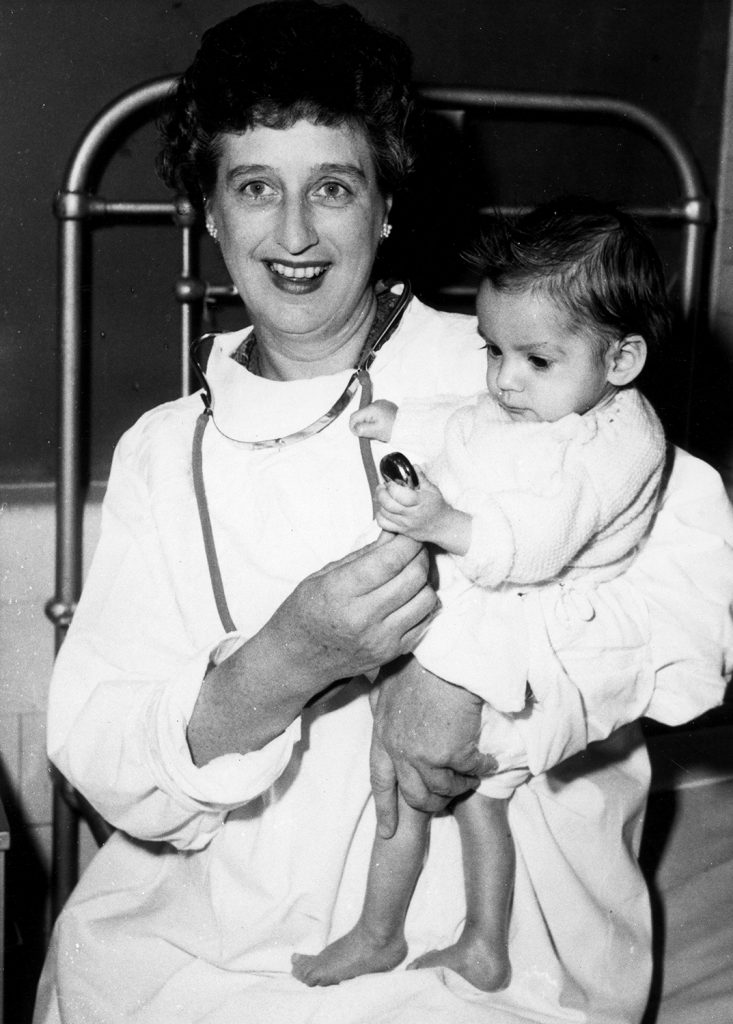
Dr Charlotte Anderson AM
Starting in 1946, Anderson worked at the hospital until 1968. She was a pioneer in clinical research, particularly in the field of gastroenterology, where she made significant contributions to treatments of cystic fybrosis and coeliac disease. She formed the hospital’s Gastroenterology Research Unit in 1961.
1947

Matron Lucy de Neeve
De Neeve was with the hospital until 1962 and was a great advocate for the nursing profession, fondly remembered by her staff.
1950
Frances Kruger
Kruger became the first interpreter on staff at the hospital. She had fluent command of five languages.
1954

Dame Elisabeth Murdoch AC, DBE
A member of the Committee of Management since 1933, Dame Elisabeth was President from 1954-1965. Her commitment and vision saw many improvements for the hospital, including the move to new premises in Parkville. In 1986 she became a co-founder of the Murdoch Institute for Research into Birth Defects.
1960

Dorothy Cook
Cook became chief pharmacist and was instrumental in the rapid growth of the department, particularly after the move to Parkville.
Image credit: Laurie Richards Studio
1962
Nurse Elizabeth Jackson
Jackson became one of the first nurses to be sponsored to train overseas. Her leadership of the Psychiatric Unit was crucial to its success.
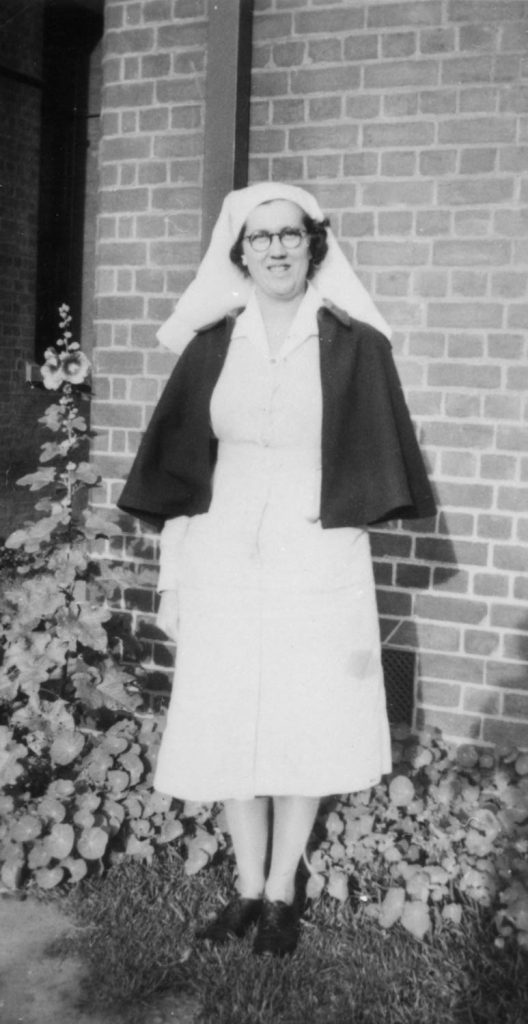
Matron Joan Gendle
The first hospital-trained nurse to gain the director of nursing position. Gendle oversaw the nursing staff during the move to Parkville and stayed in the role until 1969.
1969
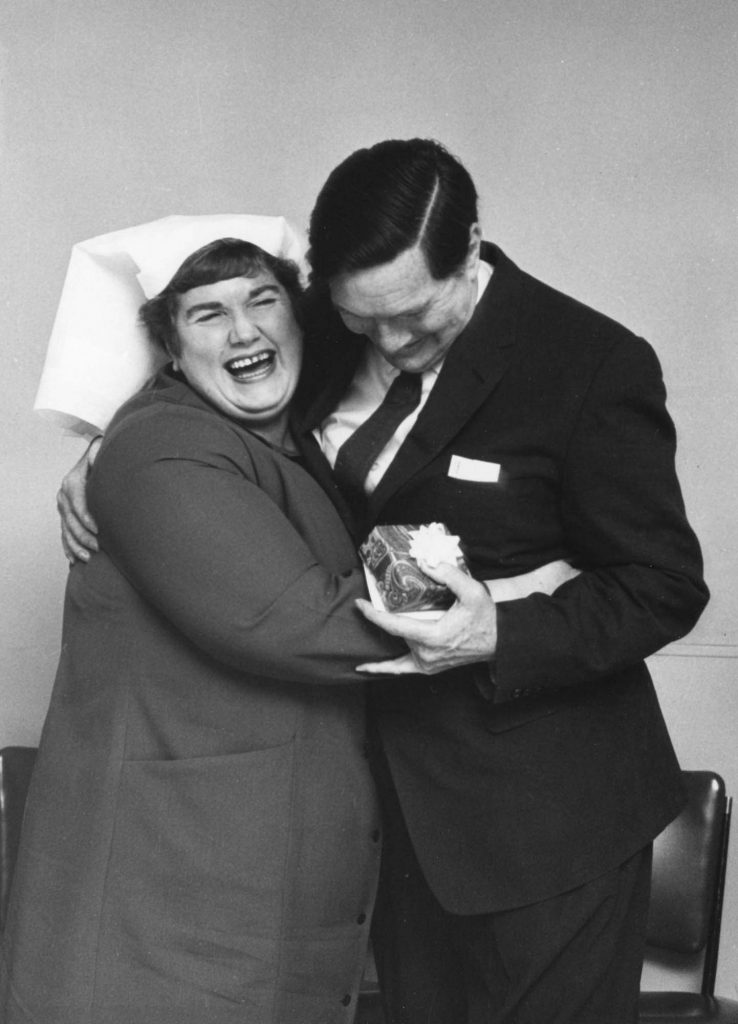
Matron Elaine Orr
Previously matron at The Children’s Orthopaedic Hospital, Orr was recruited as director of nursing for the main hospital. She introduced modernisations to nursing uniforms.
1979
Lady Rosemary Derham
Elected as president of the hospital's Board of Management, Lady Derham held this position until 1983.
1983
First Aboriginal Liaison Officer
Ruby Lako was the first person to be appointed to this new role, funded by the Health Commission. It was a difficult position – the indigenous status of patients was not recorded by the hospital at the time.
1994
Professor Margot Prior AO
After a distinguished career as an orchestral musician, Prior returned to studying and became a Professor of Clinical Psychology. At the RCH, she was the first woman in Australia to be appointed as director of psychology.
























